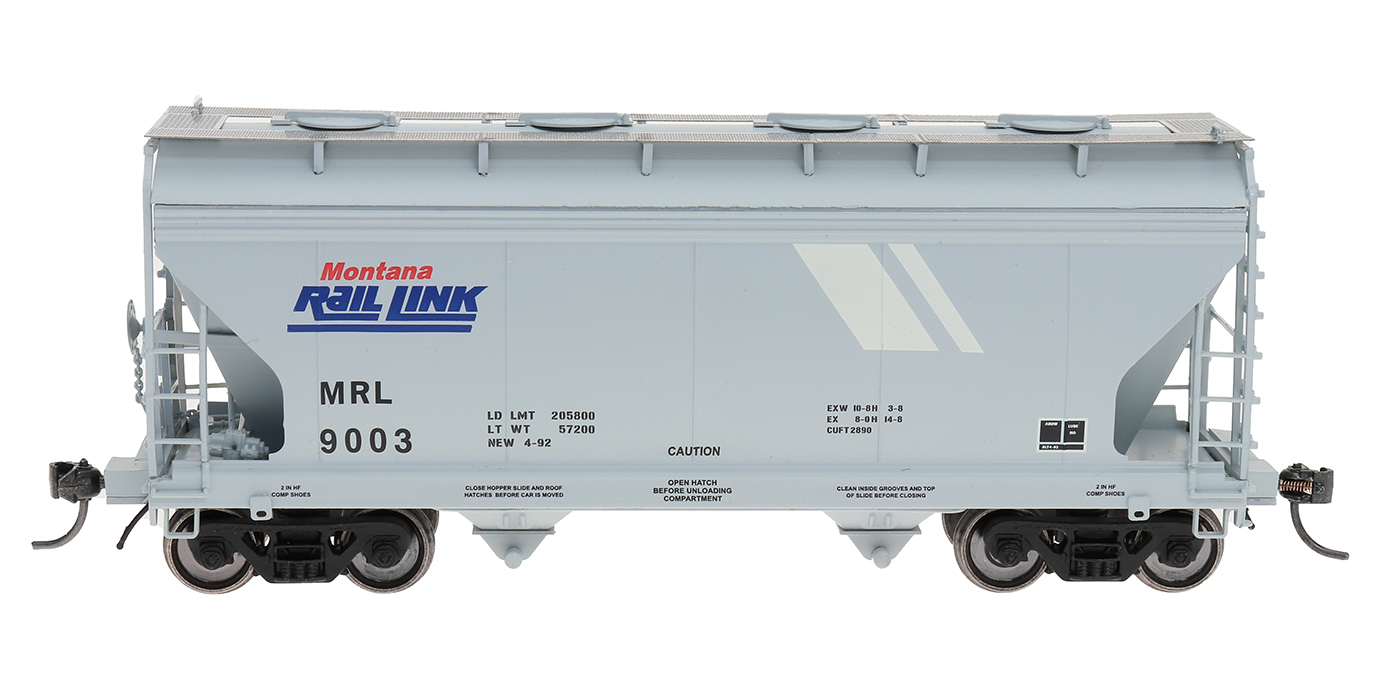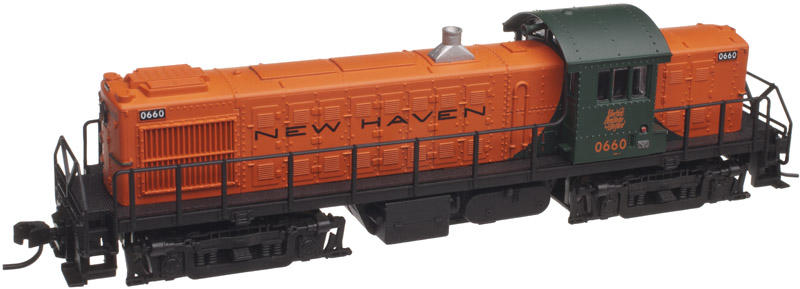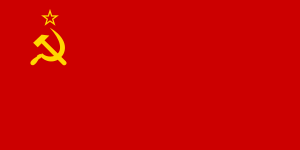Krazny Kavkaz
| Name | Krazny Kavkaz |
| Nationality | Soviet Union (Details) |
| Period | none |
| Type | Cruiser |
| Warship Class | Krasnyi Kavkaz (Details) |
Class:
Laid down on 18 October 1913 at the Rossud Dockyard as Admiral Lazarev for the Imperial Russian Navy as a cruiser of the Svetlana class, she was launched on 8 June 1916. Construction was abandoned in 1917 during the October Revolution when the ship was 63% complete. In the second half of 1918, the Marine Department of Hetman Pavlo Skoropadskyi was engaged in completion of ship. On 25 January 1919, the ship was formally renamed in “Hetman Petro Doroshenko”, but Mykolaiv was captured shortly afterward by the Entente. The hull was relatively undamaged and the Soviets decided to finish the ship to a modified design. She was renamed Krasnyi Kavkaz on 14 December 1926, and completed to a modernized design, being commissioned on 25 January 1932.
She was awarded the Guards title on 3 April in recognition of her performance. Between 20 and 23 October, Krasnyi Kavkaz, her half-sister Krasnyi Krym, and three destroyers ferried 12,600 men of the 8th, 9th and 10th Guards Rifle Brigades from Poti to Tuapse to reinforce the defenses there. On the night of 4 February 1943 the Soviets made a series of amphibious landings to the west of Novorossiysk, behind German lines. Krasnyi Krym, Krasnyi Kavkaz, and three destroyers provided fire support for the main landing, but the Soviet troops there were wiped out by 6 February, although one secondary landing was successful. The loss of three destroyers attempting to interdict the German evacuation of the Taman Bridgehead on 6 October 1943 caused Stalin to forbid the deployment of large naval units without his express permission and this meant the end of Krasnyi Kavkaz’’s active participation in the war.
She was awarded the Guards title on 3 April in recognition of her performance. Between 20 and 23 October, Krasnyi Kavkaz, her half-sister Krasnyi Krym, and three destroyers ferried 12,600 men of the 8th, 9th and 10th Guards Rifle Brigades from Poti to Tuapse to reinforce the defenses there. On the night of 4 February 1943 the Soviets made a series of amphibious landings to the west of Novorossiysk, behind German lines. Krasnyi Krym, Krasnyi Kavkaz, and three destroyers provided fire support for the main landing, but the Soviet troops there were wiped out by 6 February, although one secondary landing was successful. The loss of three destroyers attempting to interdict the German evacuation of the Taman Bridgehead on 6 October 1943 caused Stalin to forbid the deployment of large naval units without his express permission and this meant the end of Krasnyi Kavkaz’’s active participation in the war.
Nationality:
The Soviet Union, officially the Union of Soviet Socialist Republics, was a socialist state in Eurasia that existed from 1922 to 1991. Nominally a union of multiple equal national Soviet republics, its government and economy were highly centralized.
Item created by: Lethe
on 2019-03-24 10:09:57
If you see errors or missing data in this entry, please feel free to log in and edit it. Anyone with a Gmail account can log in instantly.
If you see errors or missing data in this entry, please feel free to log in and edit it. Anyone with a Gmail account can log in instantly.







